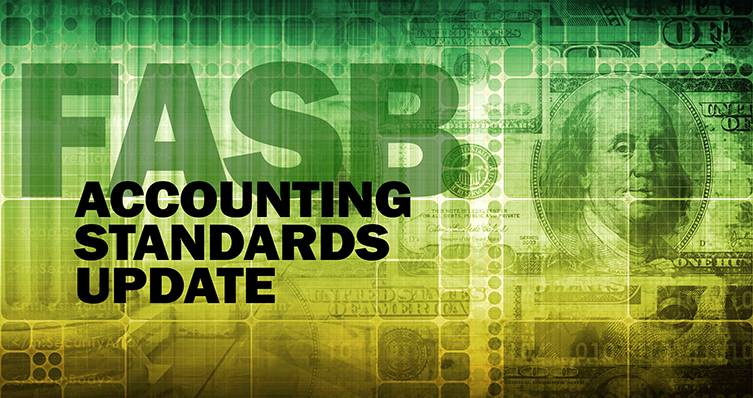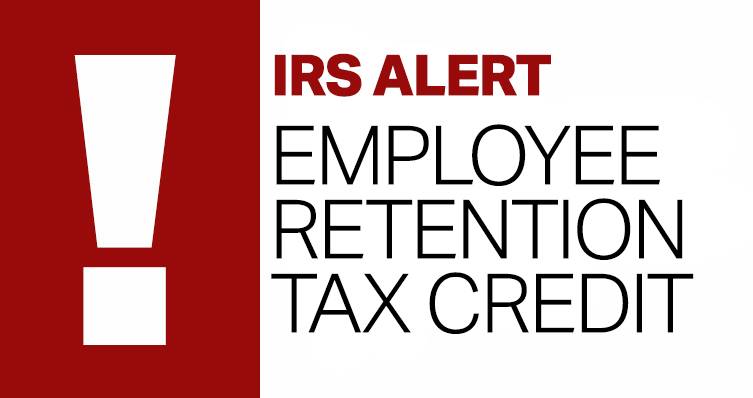Appraisal professionals typically consider three approaches when valuing a business —cost, market, and income approaches — ultimately relying on one or two depending on the nature of the business and other factors.
So, it’s no wonder that financial statements are an important piece of the business valuation process, and having accurate and updated financial statements can provide valuable insight into the fair market value of the business.
Cost approach leverages the balance sheet
Under U.S. Generally Accepted Accounting Principles (GAAP), a company’s balance sheet reports its assets and liabilities generally based on the lower of historical cost or market values. This is a logical starting point for the cost (or asset) approach to valuing a business.
Under this technique, value is derived from the combined fair market value of the business’s net assets minus any liabilities. This approach is particularly useful when valuing holding companies, asset-intensive companies, and distressed entities that aren’t worth more than their net tangible value.
The cost approach includes the book value and adjusted net asset value methods. The former calculates value using the data in the company’s accounting records. Its flaws include the failure to account for unrecorded intangibles and its reliance on historical costs, rather than current market values. The adjusted net asset value method converts book values to fair market values and accounts for all intangibles and liabilities (recorded and unrecorded).
Market approach relies on the balance sheet and income statement
The market approach bases the value of a business on sales of comparable businesses or business interests. Under this approach, the valuator identifies recent, arm’s-length transactions involving similar public or private businesses and then develops pricing multiples typically based on items reported on the balance sheet or income statement.
A pricing multiple is developed by dividing the sales prices of comparable companies by an economic variable (for example, book value or pre-tax earnings). Then, the pricing multiple is applied to the same economic variable as reported on the subject company’s financial statements.
The two main methods that fall under the market approach are:
Guideline public company method. This technique considers the market prices of comparable (or “guideline”) public company stocks.
Guideline transaction (or merger and acquisition) method. Here, the expert calculates pricing multiples based on real-world transactions involving entire comparable companies or operating units that have been sold.
When applying these methods, valuators may need to adjust the subject company’s economic variables for certain items.
Income approach turns to the statement of cash flows
Under the income approach, future expected economic benefits (generally, net cash flows) are converted into a present value. Most business owners understand that profits don’t necessarily equate with net cash flows — and cash is king when valuing a business. Equity investors are less interested in profits reported on the income statement than they are in the amount and timing of net cash flow that’s available to recoup their investment after funding business operations, paying taxes, making necessary capital investments and servicing debt.
There are two main methods that fall under the income approach:
Capitalization of earnings method. Here, estimated future economic benefits from a single representative period are capitalized using an appropriate rate of return. This method is most appropriate for companies with stable earnings or cash flow.
Discounted cash flow method. Under this technique, the valuator accounts for projected cash flows over a discrete period (say, three or five years) and a terminal value at the end of the discrete period. All future cash flows (including the terminal value) are then discounted to present value using a discount rate instead of a capitalization rate.
When applying the income approach, a valuator will consider making appropriate adjustments to the subject company’s cash flows to reflect the economic benefits investors could expect to receive in the future.
Excess earnings method blends the cost and income approaches
The excess earnings method is a lesser-known valuation technique, but it still may be used in certain situations, particularly when valuing small professional practices. This method was originally developed to compensate distilleries and breweries for loss of business value during the Prohibition era. However, to date, there’s no reliable source of market data to support comparable returns on net assets or capitalization rates for excess earnings. So, valuators generally refrain from using it as a sole method of valuation, unless a particular court has shown a preference for this technique. In addition, IRS Revenue Ruling 68-609 suggests that the excess earnings method be used only if there are no other appropriate methods.
This method derives value from the sum of adjusted net assets from the balance sheet and capitalized “excess” earnings from the income statement. The second component represents the extra earnings that the company has achieved beyond the return that comparable businesses earn on a similar set of net assets.
Essentially, capitalized excess earnings are intended to estimate the value of the business’s goodwill. It’s usually calculated using a technique like the capitalization of earnings method — that is, excess earnings are divided by an appropriate capitalization rate.
Common financial statement adjustments
Historical financial results are a helpful starting point for valuing a business. However, valuators must consider making the following three categories of adjustments to reflect the economic benefits that a future investor could expect to receive.
Nonrecurring items. The first category of adjustments accounts for any unusual or nonrecurring items, such as revenue from a one-time project or legal expenses associated with a pending lawsuit. These items aren’t expected to continue in the future and thus have no effect on the price hypothetical buyers would pay for the business.
Discretionary spending. Fair market value is often based on the future economic benefits that a hypothetical prospective buyer could generate from the business’s operations. These adjustments are designed to bring a company’s expenses in line with industry norms. Discretionary costs that commonly require adjustment include owners’ compensation and related-party transactions. These adjustments are especially important when valuing a controlling interest in a business.
Accounting norms. Valuators evaluate the company’s accounting methods. Adjustments may be needed to align the business’s financial reporting practices with comparable companies that are used to benchmark performance, gauge risk and return, and calculate pricing multiples. Examples of accounting method differences include reporting for inventory, pension reserves, depreciation, income taxes and cost capitalization vs. expensing policies. Small businesses also may use cash- or tax-basis reporting, rather than conforming to U.S. Generally Accepted Accounting Principles.
After a valuator makes a preliminary estimate of a company’s value, he or she considers additional fine-tuning. Common last-minute adjustments may include nonoperating assets, contingent or unrecorded assets and liabilities, and excess working capital (compared with the company’s normal operating needs). In some situations, it also may be appropriate to take discounts for lack of control and marketability associated with a business interest.
© 2024 KraftCPAs PLLC











